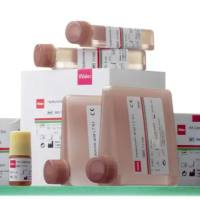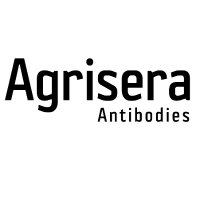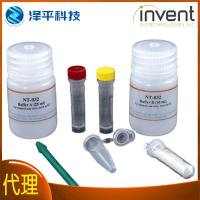Progeny analysis of plants
互联网
1. Transform plants by infiltration, grow to seed (F1). Transgenes should be dominant (expressed constitutively), therefore phenotypes possible in these seeds although there are so relatively few transformants that they would be virtually impossible to see.
2. Plate F1 seeds on KAN and select for transformants. Examine these plants carefully during their growth. Transfer the plants to soil and grow to F2 seed. The plants are hemizygous (heterozygous for transgene). Now is the time to take leaf material for Southerns and northerns/RNAse protection. The former are performed on DNA digested, for example, with one and with two polylinker enzymes. Northerns for foreign genes require only random-primed DNA probes. To measure sense/antisense transcripts, strand-specific probes are required. A protocol is described in Curent Protocols (4.7.1) and good kits are available from in vitrogen, or Stratagene. Collect F2 seed of all F1 plants. Seed from plants showing good mRNA accumulation and/or single copy integration are most interesting. The alleles look like this: all hemizygous
R r
R RR Rr
r Rr rr
3) Plate F2 seed on KAN: 25% should be sensitive (rr), 75% resistant (Rr or RR). Of the 75% resistant, 66% should be hemizygous, 33% homozygous. These F2 resistant individuals should be studied for phenotypes, and various assays can be performed with them. Transfer to soil and grow these plants to F3 seed. The alleles coming out of these plants should look like this:
66% hemizygous 33% homozygous
R r R R
R RR Rr R RR RR
r Rr rr R RR RR
4) Plate 50 F3 seed from each F2 line on KAN and score sensitive/resistant.
F3 single copy homozygotes should all be resistant. These are the most important lines for further crosses. Homozygous, KAN-resistant plants can be transferred to soil and used for crosses.
<center> <p> </p> </center>上一篇:Seed sterilization for cereals 下一篇:植物叶蛋白western blotting








